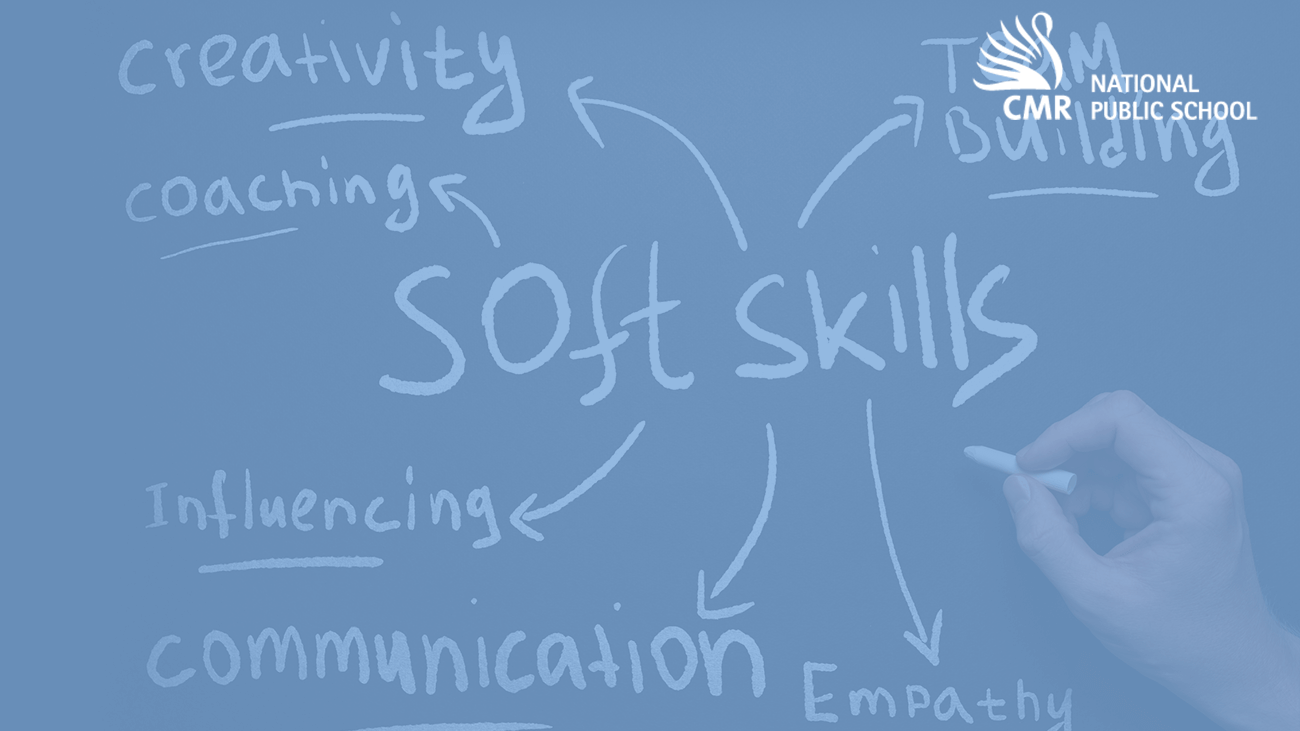Table of Contents
In today’s fast-paced, technology-driven world, it’s no secret that many children are spending an increasing amount of time on their gadgets, be it smartphones, tablets, or computers. While technology has undoubtedly brought countless benefits, it has also led to a decrease in physical activity among kids. This shift towards a more sedentary lifestyle has significant implications for their physical and mental health.
The Digital Dilemma
Children today are often glued to screens, oblivious to the passage of time. This excessive screen time not only interferes with their physical activity but also impacts their overall well-being. The effects of this lifestyle change are particularly concerning, as physical activity is closely linked to mental health, concentration, and focus.
The Link Between Physical Activity and Mental Health
Physical activity is not just about building strong muscles and healthy bodies. It has a profound impact on a child’s mental and emotional well-being. Regular exercise releases endorphins, the “feel-good” hormones, which can help combat stress, anxiety, and depression. It also boosts self-esteem and fosters a positive body image. When children are physically active, they tend to be more focused, have better attention spans, and exhibit improved cognitive function.
The Downside of Inactivity
On the flip side, when children are not engaged in regular physical activity, they may become restless, irritable, and find it challenging to concentrate. This restlessness can translate into difficulties in school, at home, and in their social lives. Additionally, a lack of physical activity can lead to health issues, with some children suffering from obesity, which has its own set of physical and emotional consequences.
Motivating Children to Be Active
As parents, educators, and caregivers, it is our responsibility to motivate children to lead active lives. Here are some effective strategies to encourage physical activity:
1. Set a Good Example: Children are more likely to be active if they see the adults around them engaging in physical activities.
2. Create a Routine: Establish a daily or weekly schedule that includes time for exercise. This routine not only helps children become more disciplined but also allows them to manage their time more effectively.
3. Offer Variety: Encourage children to explore different types of physical activities such as sports, dancing, hiking, or simply playing outside. This can help them find something they genuinely enjoy.
4. Limit Screen Time: Set reasonable limits on screen time. Encourage children to engage in physical activities before they are allowed to use their gadgets.
5. Make it Fun: Physical activity doesn’t have to be a chore. Organize family outings, game nights, or playdates that involve active games and sports.
6. Support and Praise: Recognize and praise your child’s efforts and achievements in physical activities. Positive reinforcement can go a long way in fostering a love for exercise.
In a world dominated by technology, it’s crucial to ensure that our children strike a balance between screen time and physical activity. The benefits of exercise extend far beyond just physical health; they significantly impact mental health, concentration, and overall well-being. By motivating children to be active and providing them with the tools and opportunities to do so, we can set them on a path towards a happier, healthier, and more successful future.

Joy Grace
English language Educator – Middle school


